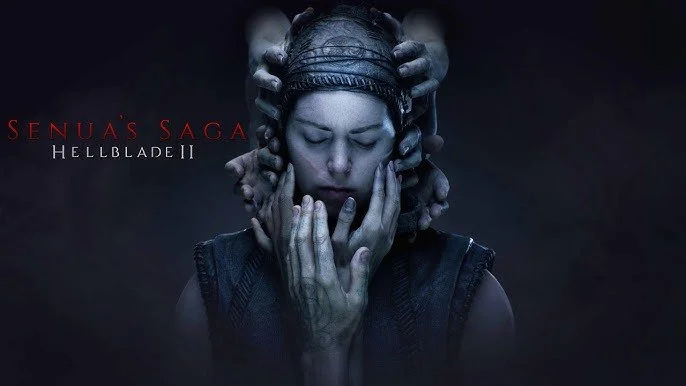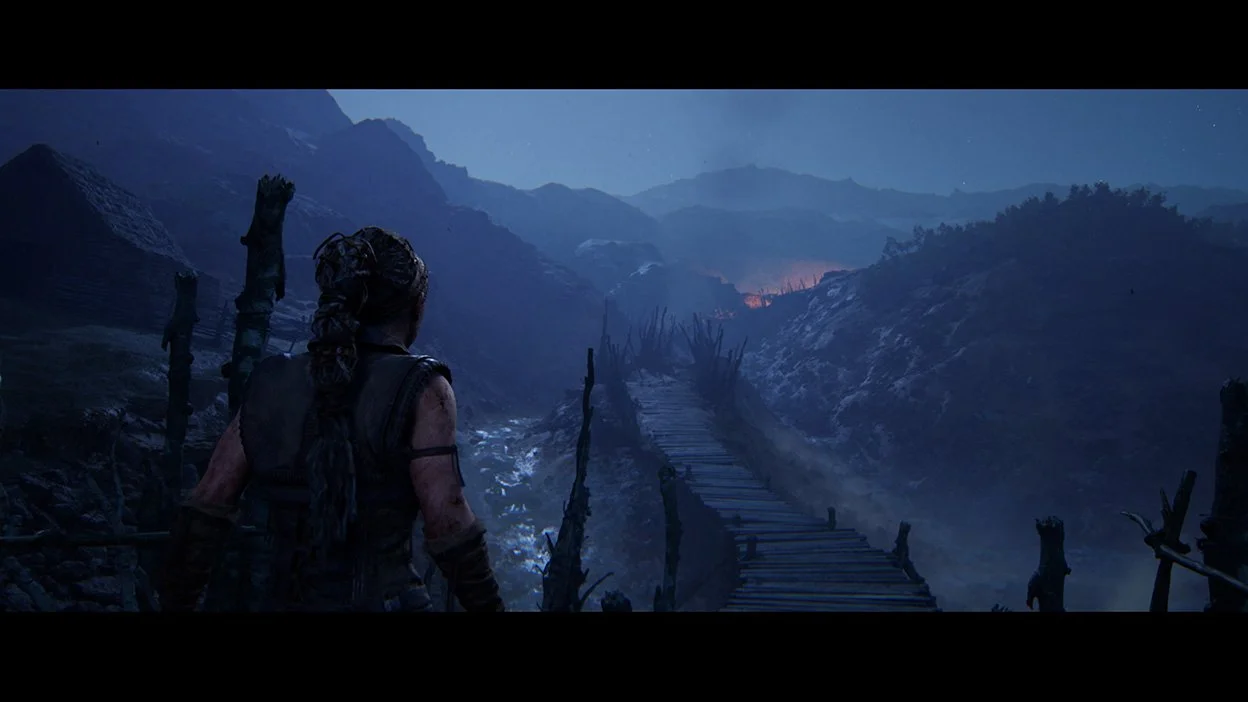Senua's Saga: Hellblade II
This was so creepy, you really need to play this with headphones!
Undoubtedly, Ninja Theory’s Senua’s Saga: Hellblade II can only raise the benchmark for narrative-driven games, for its stunning photorealistic visuals and extremely deep investigation of mental health themes. The sequel to the critically acclaimed Hellblade: Senua's Sacrifice places the player right back into the chilling world of Senua— a warrior coming to grips with her inner devils and the haunting vestiges of a shadowy past. With innovative technology and storytelling, Hellblade II promises to be incredibly compelling and resonant on an emotional level.
From the moment players step into the opening minutes of Hellblade II, they will witness cutting-edge visuals at the bleeding edge of technological possibility within games. In keeping with the very high standard possible from next-gen consoles, incredibly detailed character models and rich atmospheric environments form part of the offering of this game. The facial animation especially is sensitive and carries much feeling, adding greatly to the narrative experience.
This game world would be full and immersive blending mythological with natural splendor. Besides the instrumental score, ambient sounds and eerie whispers that resonate with the inner demons of Senua contribute to the success of this feat. Such meticulous attention to detail makes an environment feel alive and draws the players further into the depths of Senua’s mind.
Hellblade II keeps to the core game features but adds some new mechanics in place. The fighting is swift and filled with feeling as it brings out that rage with myriad enemies. This updated version adds new weapons and abilities for Senua to use in combat, providing players with more latitude to choose a playstyle. The other important factor is exploration, through puzzles and environmental storytelling seamlessly integrated as part of the gameplay. Players must navigate gorgeously rugged landscapes that are replete with challenges requiring both skillful acumen and critical thinking. This integrative narrative depth of mythos and world history, followed by one’s revelations sought within the secrets of Senua’s world, is the most special offering of this game.
At its heart, Senua’s Saga: Hellblade II deals with mental health, trauma, and resilience. The storyline is a very sensitive one, picking up from where the first game left off. Development of characters is poignant in reflecting those complexities she bears in her mental state. More than just a word, Ninja Theory will ensure that the commitment to authentic representation of mental health is exemplified throughout the game. It shows Senua’s strife in raw and uncut versions; players will find empathy for her experience. The voice acting is spot on, with Melina Juergens again giving soul to Senua, a character who will strike a very fine chord with the player.
One of the most major standout features about Hellblade II is its use of technology in pioneering ways, especially how it captures performance and sound. The game uses some of the most advanced motion capture techniques to ensure animations and expressions are as real as they come. Binaural audio design places the player within Senua’s world, her auditory hallucinations through spatial audio— one feels it were ever so personal.
Senua’s Saga: Hellblade II goes beyond being a mere sequel; it is an ambitious retelling of the human experience through gaming. Both due to its impeccable visuals, gameplay, and storytelling, it is most likely going to be perceived as a watershed title in the psychological horror genre. For those who might have played the first part, and for those who haven't, in equal measure, Hellblade II promises a journey that is haunting yet uplifting.
Standing as proof to Ninja Theory's commitment to weaving truly meaningful stories that cut deep into the personal experience of players, it assures that many will find themselves drawn into Senua's ordeal—a tale that lingers even after its final chapter has rolled post-credits. It is therefore highly recommendable to anyone looking for something immersive and emotionally impactful.





